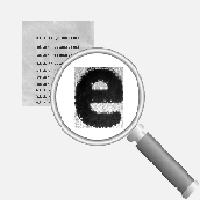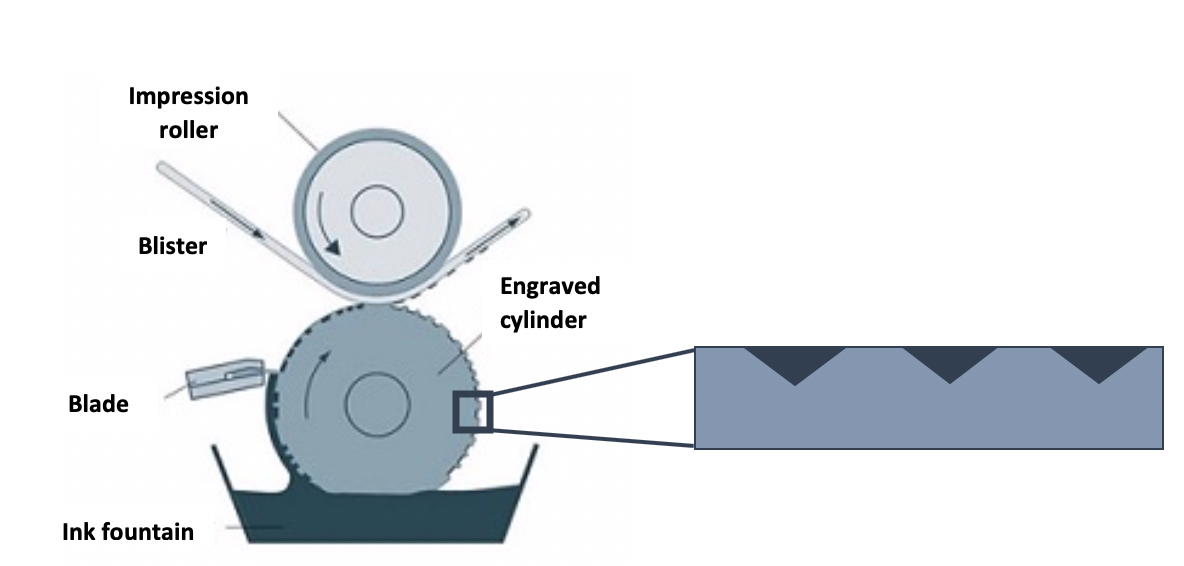Development of new anti-counterfeiting printing techniques for packaging
to detect the fakes using printing inhomogenities

The worldwide market is suffering from packaging counterfeiting. According to the Association for Packaging and Processing Technology, such a threat is predicted to increase three percent per year worldwide. Medical supplies represent one of the most sensitive markets: counterfeiting affects health of common people and provokes market lost and damage of brand reputation. The security analysis of printed documents or packaging cover two classes:
- printer/scanner forensics investigating whether the document was printed using a particular device;
- support forensics investigating some unique features of each printed item.
The following requirements might be taken into account while developing the novel security elements to fight against packaging counterfeiting: 1) easy integration and generation processes, 2) low cost, 3) use of standard printing process, 4) fast and automatic verification process, 5) use of common devices for verification (office scanners, smartphones), 6) reliable verification by any user, 7) a good level of global security and a strong anti-fraud ability.
The development of copy sensitive graphical codes can satisfy all the items above. These codes are based on the use of measurable but not duplicable physical characteristics. One of the first solutions was proposed by Goldman et al. These measurable but not duplicable physical characteristics were paper fibers and engraved dots. In the same approach based on features extraction and coding, one can cite the Model Based Signature Profile developed by HP lab. Another approach followed by Copy Detectable Pattern, but also by two level QR code, is to measure the degradation produced by the physical print-and-scan process.

Today we can find numerous barcode solutions that use measurable but not duplicable physical characteristics and that are sensitive to duplication attack. However, all these barcodes were developed for packaging or documents that use the white uncoated paper and high resolution printing (from 600dpi till 2400dpi). Additionally, the authentication process is provided using high resolution scanners (from 600dpi till 4200dpi).
In this research, we aim at developing security elements for protection of medicine packaging that are produced using rotogravure printing on aluminum foils. To our knowledge, there does not exist any solution for such printing process and such type of support.
The reseach goes in three paths:
- well-understanding and characterization of the rotogravure printing process;
- multimedia forensics of characters printed using rotogravure printing process;
- development of novel security elements for packaging authentication.
Results
- The characterization of the rotogravure printing process was explored in [C11].
- The fist forensics results are presented in [C14].
- The novel Regular Test Pattern is introduces in [J3]
- Public dataset of regular test patterns